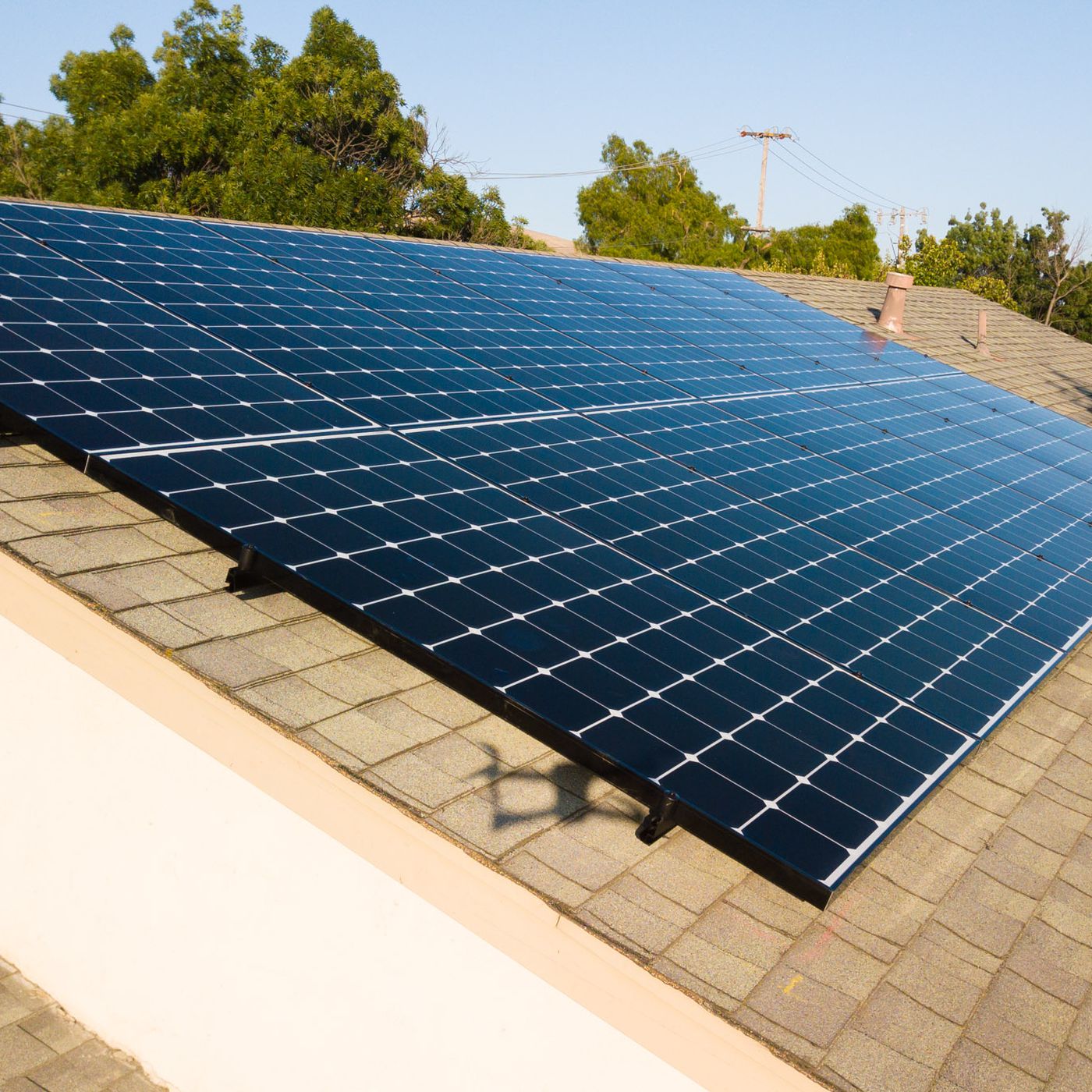Karla Jauregui Sandoval
AP Environmental Science ♻️
252 resourcesSee Units
What is Solar Energy? 🌞
Solar energy is energy that is produced from the sun. It is a renewable energy source, which means that it can be replenished naturally over time. Solar energy is harnessed through the use of solar panels, which are made up of photovoltaic cells. In much older civilizations, this was imitated using glass and heat from the sun to spark fires. Now, these cells convert sunlight into electricity, which can be used to power homes, businesses, and other buildings.
Image Courtesy of The Verge

Photovoltaic cells (PV cells) are electrical cells that allow the light energy of the sun to be converted into electricity. PV cells are usually made with purified silicon and traces of metals that allow them to act as semiconductors.
Sunlight photons hit the solar cell, which then knocks electrons loose from their atoms. If conductors are attached to the positive and negative sides of a cell, an electrical circuit forms. The movement of electrons in the circuit equals electricity! Because each cell only produces a small quantity of electricity, many cells are then wired together to an electrical grid on a panel.
Benefits 👍🏻 | Drawbacks 👎🏻 |
|
|
Watch: Environmental Science
Browse Study Guides By Unit
🏜Unit 1 – The Living World: Ecosystems
🐠Unit 2 – The Living World: Biodiversity
👪Unit 3 – Populations
🌏Unit 4 – Earth Systems & Resources
🏖Unit 5 – Land & Water Use
⚡️Unit 6 – Energy Resources & Consumption
💨Unit 7 – Atmospheric Pollution
♻️Unit 8 – Aquatic & Terrestrial Pollution
🔥Unit 9 – Global Change
📚Study Tools
🤔Exam Skills

Fiveable
Resources
© 2025 Fiveable Inc. All rights reserved.